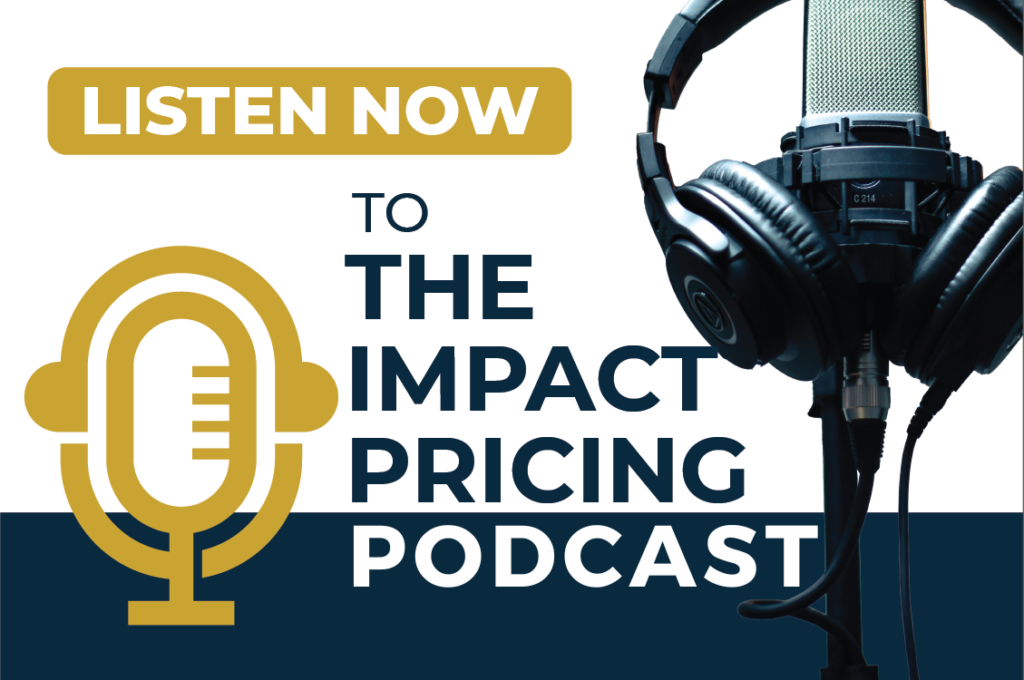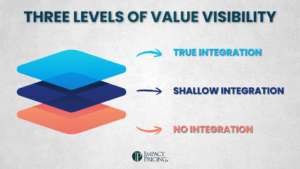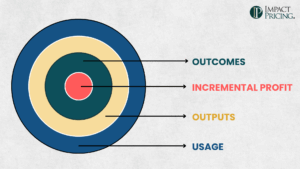You can listen to the full audio version of this blog we call — Blogcast.
The phrase Fear, Uncertainty, and Doubt (FUD) may have been invented to describe pricing. You know that your product or service delivers a lot more value than what your buyers pay. You also know that selling at higher prices is the easiest and fastest way to improve profitability. But you don’t do it! Why? Because of FUD.
Nobody can predict the future, so it certainly makes sense to be cautious. But there are ranges of uncertainty. You don’t know with 100% certainty that the sun will come up tomorrow, but it most likely will. You don’t know what the lotto numbers will be this week, and if you guess you’ll probably be wrong.
The issue is you don’t know where price increases fall on this scale of lotto to sunrise. Although there is likely an actual answer, your decisions are driven by what YOU believe is true. Regardless of where you put pricing on this scale, if you haven’t made significant pricing decisions recently, it’s likely because you put it too close to the lotto side. You think there is too much risk.
The key is to reduce the risk. Reduce the FUD. You see risk because you don’t know what will happen when you change a price. You focus on the possible negative outcomes like lower win rates or higher churn. Sure, win rates may go down a little or churn up a little, but how much? Which buyers will behave differently?
The real problem is you don’t have a set of frameworks for thinking about pricing. When you start thinking about buying contexts, the buyers who may churn become more apparent. When you focus on market and price segmentation, you realize you don’t have to, or want to, raise prices on everyone. When you focus on the value a buyer perceives and receives, your entire company makes better business decisions, not just better pricing decisions. Context-driven pricing reduces pricing FUD.
If you’d like some help applying some powerful pricing frameworks to your business, give us a call. It’s what we do best.
Share your comments on the LinkedIn post.
Now, go make an impact!
 Tags: pricing, pricing foundations, pricing metrics, pricing skills, pricing strategy, pricing value, value, value-based pricing
Tags: pricing, pricing foundations, pricing metrics, pricing skills, pricing strategy, pricing value, value, value-based pricing













